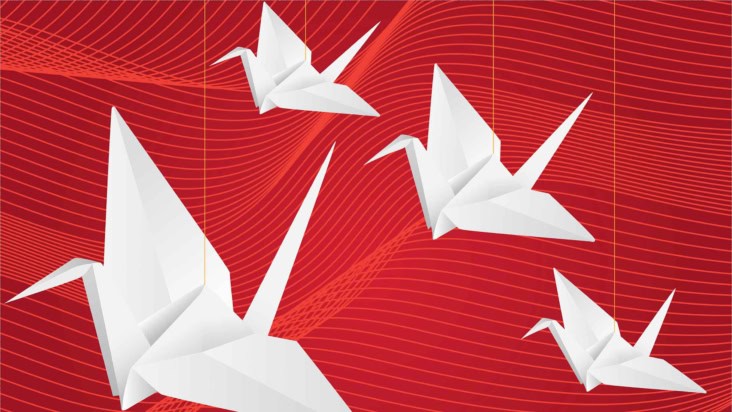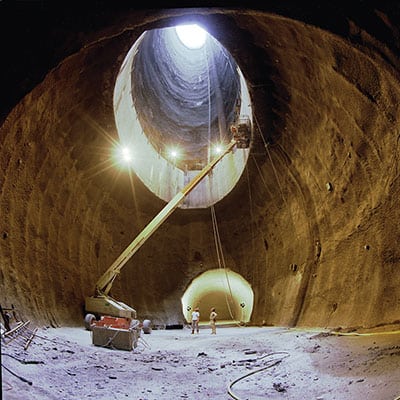Physics World December 2015
Lovely bubbly: six scientific secrets of champagne
As the festive season approaches, many of you will be looking forward to popping open a bottle of champagne. But before you treat yourself to a bottle, do check out our cover feature, in which fizzy-wine physicist Gérard Liger-Belair reveals his top six champagne secrets. He explains why a fog appears when you pop open a bottle, the angle at which you should pour the wine into a glass, and how many bubbles there are in a typical glass of fizz. This issue also contains a fabulous flow chart, in which you can find out what sort of scientist you are, a fantastic selection of Christmas books and a feature all about how origami is moving from art to application.
Expand to full screen, bookmark pages or download a PDF to read offline using the icons beneath the screen. Read it now
You can read selected articles from the December 2015 issue of Physics World in HTML format
Want even more from Physics World?
Get more from Physics World without waiting for the next issue. The same great journalism, but delivered to you daily. Read updates on the latest research as soon as they happen and access more than 25 years of online content, organized across 15 dedicated scientific areas. Visit the homepage to start exploring.







